You probably have your MTB handlebars set up wrong, but here's how to get the perfect cockpit
There's a lot to delve into when it comes to handlebar shape and stem length, so here is the long and short of it
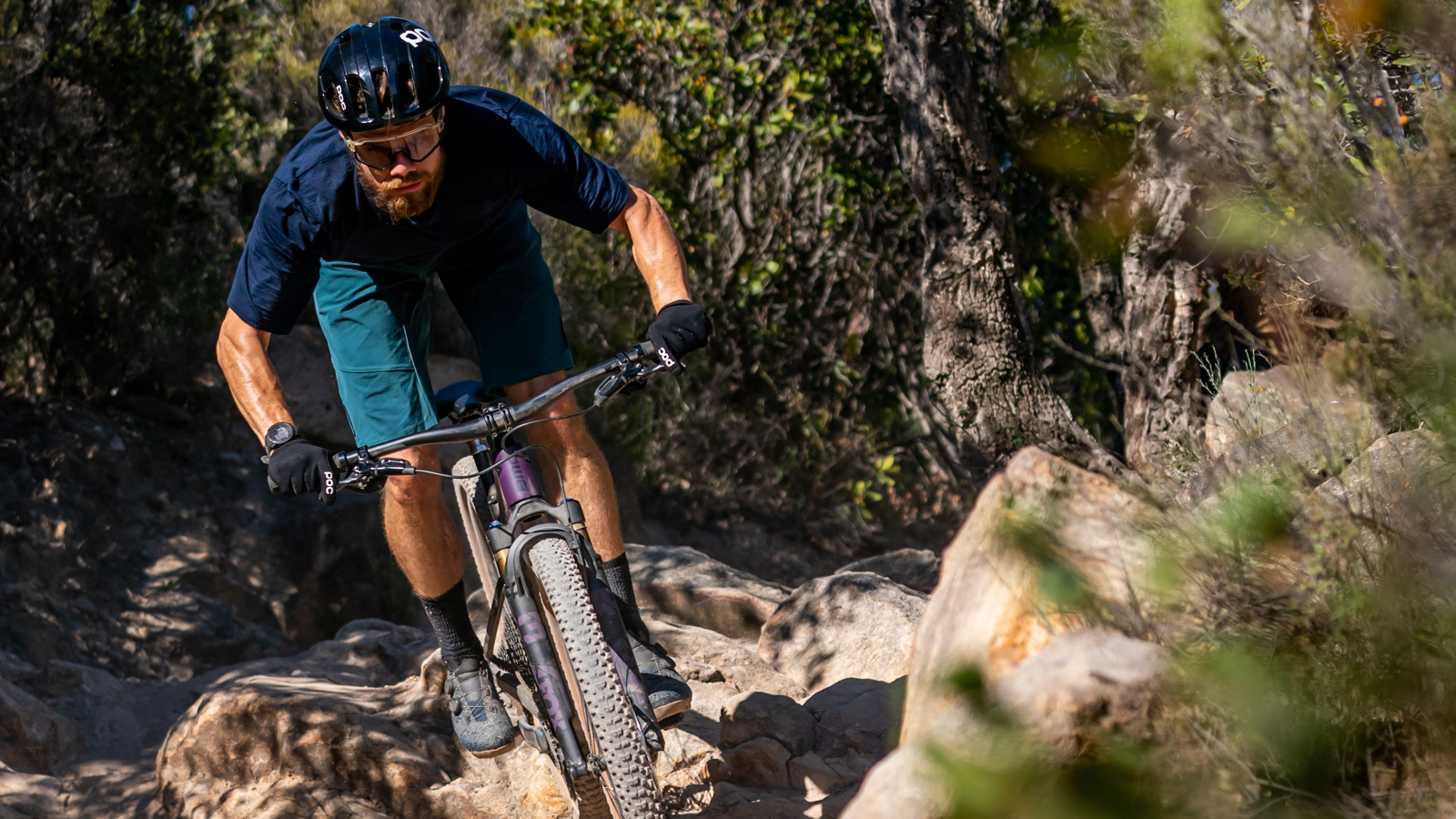
Recently I've been thinking a lot about handlebar and stem setup and how they can have an overarching effect on a bike's performance. It's a complicated subject too which can have dramatic effects on how well your bike rides.
Unfortunately, it's not just a case of buying the best MTB handlebars and bolting them onto your bike either. Different handlebar shapes suit different applications and bike setups, there is a lot to think about, so let's delve into it.
Is wider and shorter really better?
In short, not anymore – although once upon a time it was true. Anyone who rode through the early 2000s will be able to attest to how much of a game-changer swapping out 600mm handlebars and 70mm stems for 720mm handlebars and 50mm stems was. Handling was instantly stabilized and the added control was out of this world on technical terrain.
The sky seemed to be the limit as brands kept bringing out shorter stems and wider bars. Now that the market is awash with 800+mm bars and stubby 30mm stems, it's becoming clear most riders' optimal bar widths are actually somewhere between 720mm and 780mm, paired with a 35m to 50mm stem.
Most new trail and enduro bikes will come with 800mm bars as standard which means a lot of riders are now riding around with very wide cockpits, too wide perhaps? Cross-country bikes have traditionally used narrower bars and longer stems although even they are starting to make the switch, with more progressive XC bikes coming with 760mm bars and 60mm stems.
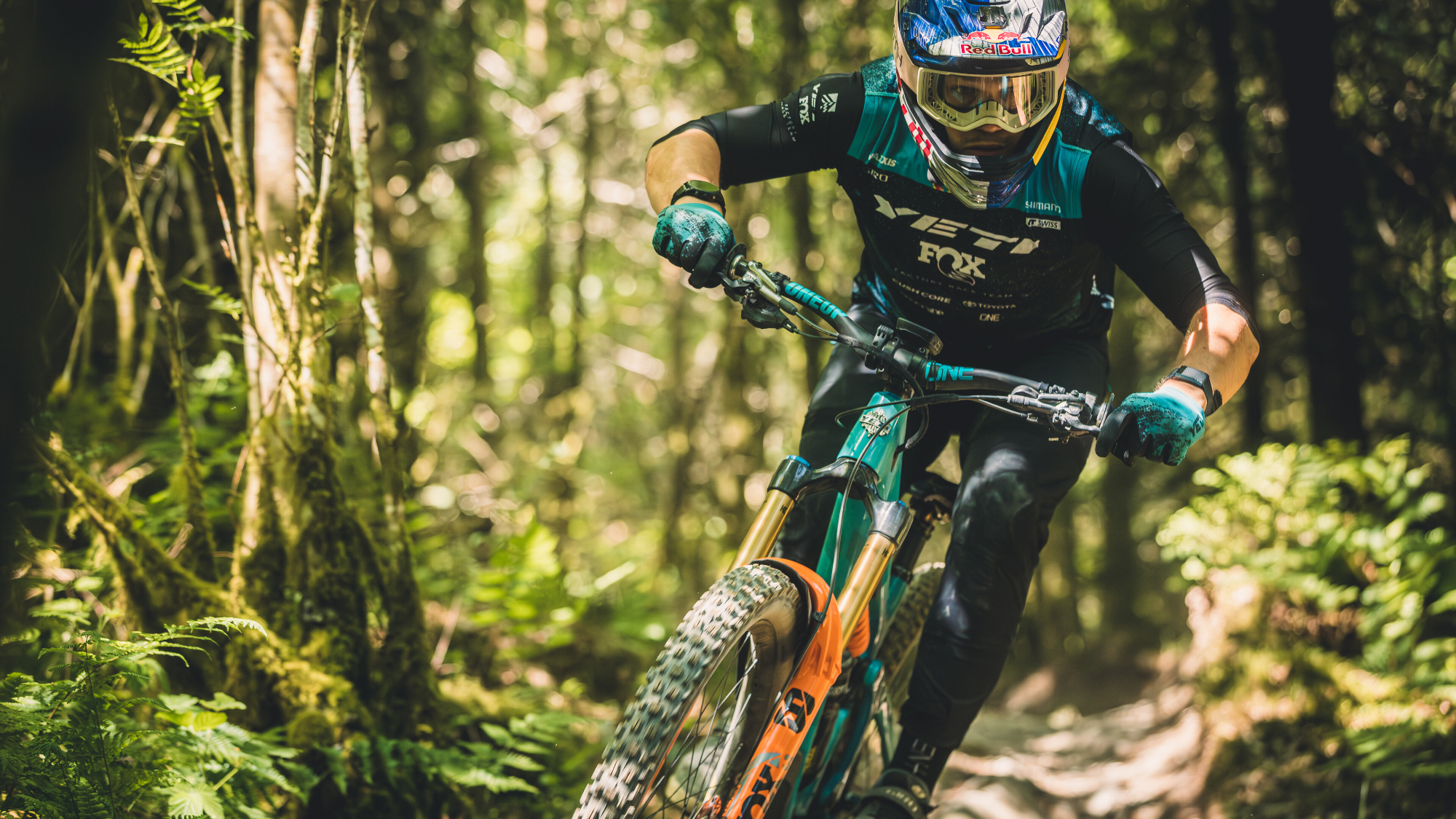
Maybe the pros know what they are doing?
Two things kicked off my thoughts about handlebars, the first was the conversations I've had with people when they saw my Cotic SolarisMax longtermer which is running a pretty radically shaped 800mm wide SQLab 30X bar with a huge 16-degree back sweep and a 50mm stem. The second was a Pinkbike article with a census of the handlebar and stem setups of 28 pro-Enduro racers.
The results of the pro bar survey were interesting, the average width was only 756.3mm and the stem length was 41.7mm. The sample included men and women which may have skewed the results as the women riders will typically run a narrow handlebar setup. That said, there were only four riders that were running a handlebar wider than 770mm and there were three riders (two men and one women) running bars as narrow as 740mm.
Often pro spec bikes should be taken with a pinch of salt as the riders racing at the top of the sport are all superhuman when it comes to bike handling and fitness. However, to see such a trend toward handlebars that would be deemed narrow by the general public is telling.
The same can be said for the pro stem lengths which averaged 41.7mm, with some riders opting for low thirties and other riders going up to 50mm.
So it begs the question, why are so many of us riding super wide bars with short stems?
Not all handlebars are created equally
Everybody knows that handlebars have a massive effect on your bike's handling, after all, it's literally the bit you are turning to steer the bike. That said, handlebar choice is a far more complicated subject than you might think.
Handlebar measurements are considered using four base metrics. The two most people focus on are width (how wide the handlebar is) and rise (how much the bar ends are raised from the stem clamp section). These are important but equally so are the back sweep (the angle at which the bar ends point rearwards) and up sweep (the angle at which the bar ends point upwards). While width and rise are important for general fit, backsweep and upsweep also play a significant role.
All these numbers are usually provided by the manufacturer so you can choose exactly what you want right? Well, unfortunately, this is where things get complicated, it's possible for two handlebars with exactly the same dimensions to have entirely different hand positions. This is down to where the bars rise, back sweep, and upsweep bends are positioned.
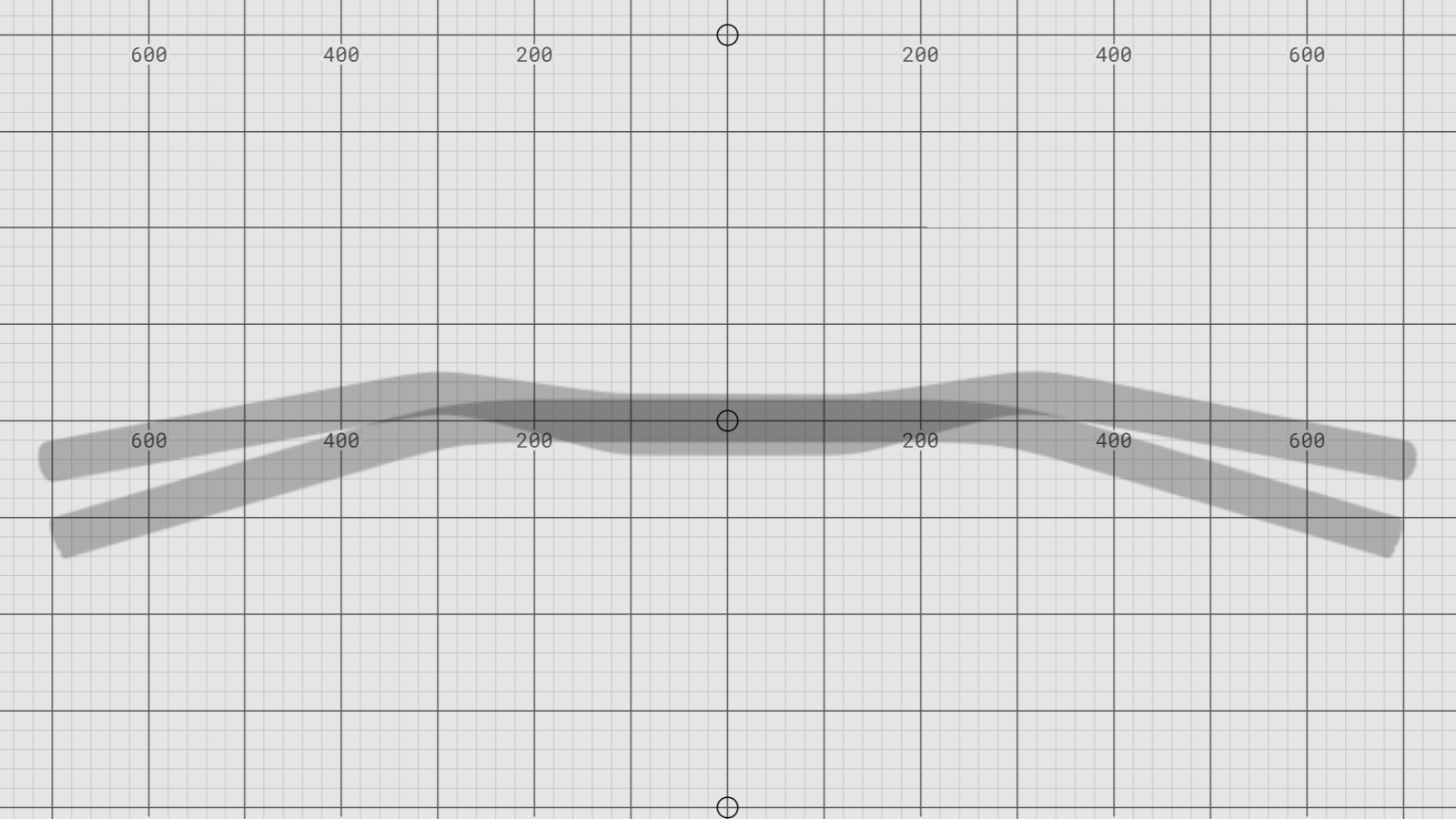
Modern 35mm clamped handlebars present a further complication as the increased clamp diameter can further skew handlebar measurements making it hard to compare 31.8mm and 35mm.
We haven't even factored in bar roll yet, which is the process of rotating the handlebars forward or backward when fitting to find the optimal position.
Bear in mind handlebars and stems should be bought together as handlebar width, back sweep, and bar roll will affect the stem length you need for the desired ride feel and position. Wider bars are offset by shorter stems while more back sweep will effectively shorten a stem. The more rise a handlebar has, the more effect the bar roll will have too. Not considering the system as a whole can often lead to more extreme setups than anticipated and some unique handling characteristics.
If you think that's it, well it's not. Your handlebar, stem, and even stack height can also have a massive knock-on effect on geometry, body position and weight distribution on the bike, and even suspension setup. Delving into all that can be saved for a later feature which will be titled "I bought new handlebars and somehow ruined my bike".
Okay, that might be a bit dramatic, however, there are a lot of benefits to be had by optimizing your setup. It can be tricky to get right though and what works for one person may not work for another as it's often terrain-specific with a big dollop of bike setup and personal preference thrown in to muddy the water.
Dedicating a little time to test some stuff out will go a long way, so here are some tips on how to experiment with your current cockpit to find what works best for you.
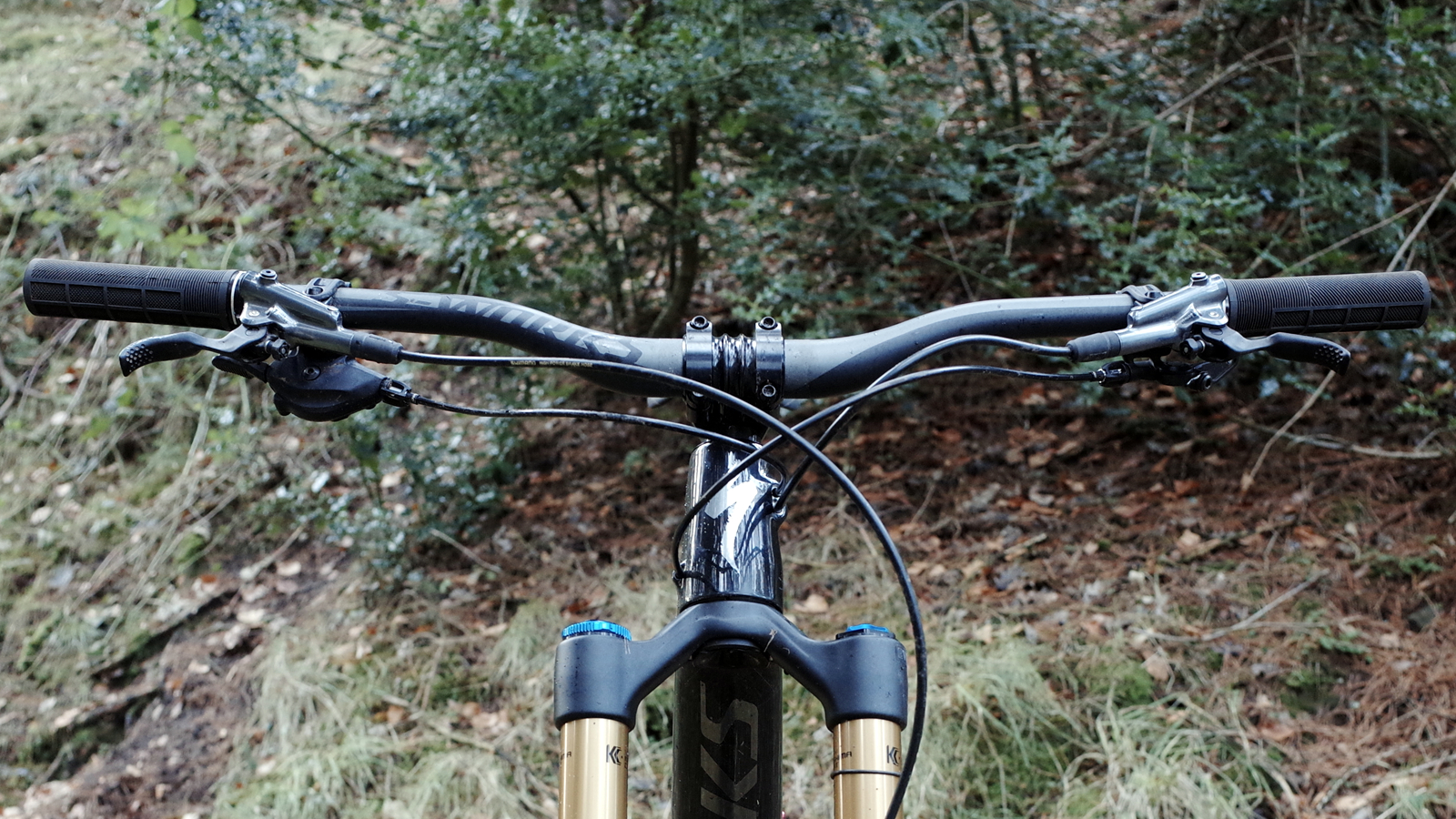
Finding the sweet spot
Don't fret, there is a lot of scope to experiment with your current setup to help you refine your position or diagnose what would work better for you.
If you are starting from scratch I would recommend setting up your handlebar with the rise inline with the head angle. If your handlebar/stem has angle marking take note of the initial position and experiment with different fore and aft adjustments to see how they affect the ride feel. Don't forget to also adjust your brake levers and shifters so they are in a constant position.
Rotating the bar will not only affect hand position and steering characteristics but also overall body position by changing reach, as well as affecting front-wheel grip and bike maneuverability.
If you are unable to find a comfortable or controlled position, it might be worth testing a different handlebar shape or width. Moving to a wider handlebar will slow steering, increase leverage, and give you a wider stance potentially aiding stability. A narrower bar will make the handling feel sharper and give more freedom of movement on technical terrain.
A higher-rise handlebar is usually preferred for steeper terrain as it centers your weight, while a lower bar will orientate your body over the front wheel to aid grip. For more on that see our article on different MTB handlebar heights.
Back sweep relates to your natural hand position, everyone will be different although I have personally found that wider bars will require more back sweep to avoid hand, wrist, and shoulder fatigue.
There's a lot to think about but once you have settled on a handlebar and position you can try out different stem lengths to fine-tune the position. Longer stems will speed up handling and move weight over the front of the bike while shorter stems will feel more stable.
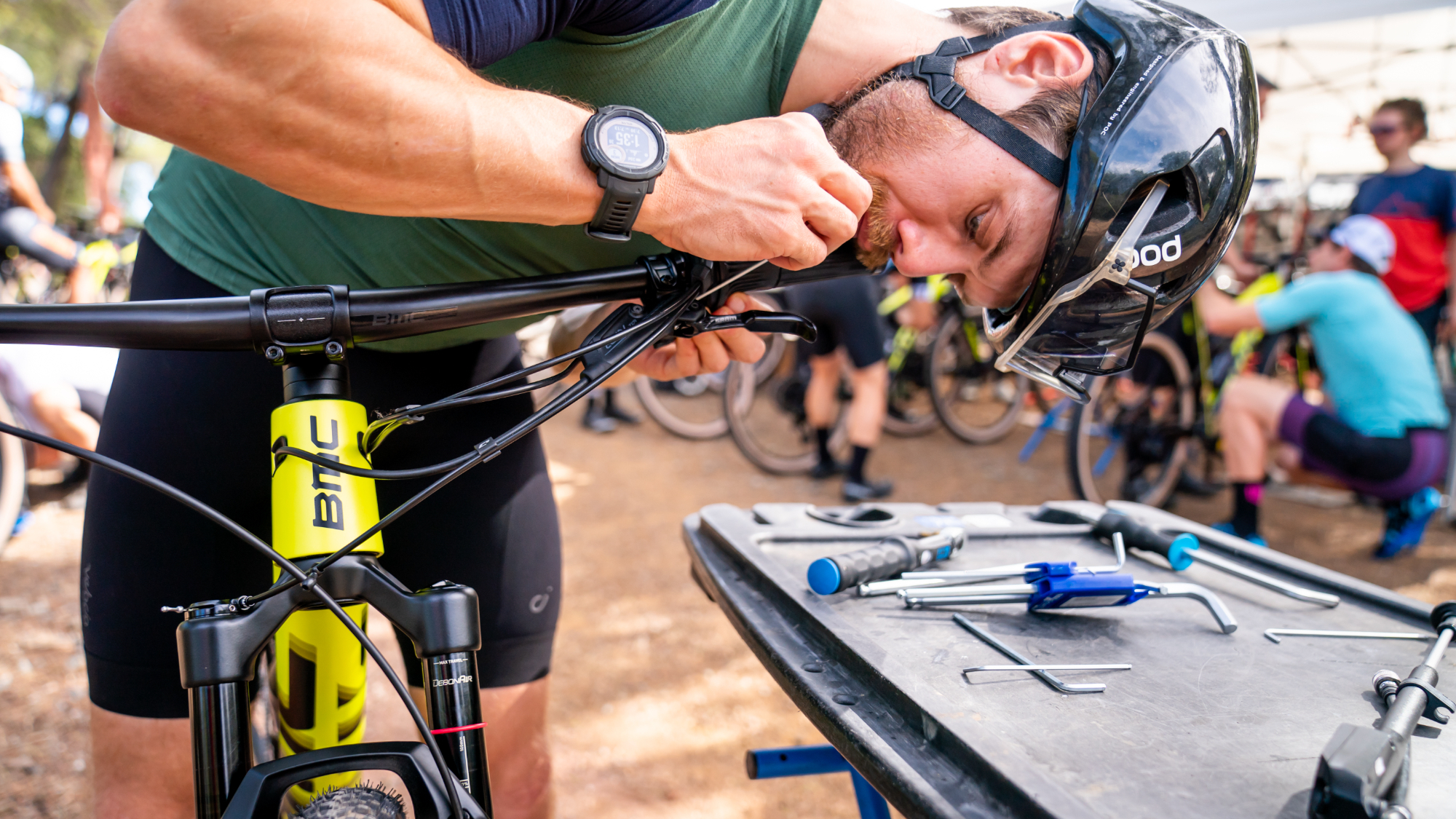
Starting from scratch
If you are buying a new cockpit, the handlebar and stem should be considered as a system. I would recommend choosing your preferred handlebar width, sweeps, and rise and then choosing a stem with the correct length for your needs. If you prefer a lot of back sweep you may need a slightly longer stem to keep your hands in the right position in relation to the rest of your bike.
The same should be considered for bar rise as well, slacker head angles and/or longer stems will effectively add more rise to your handle position. Adding or removing spacers can remedy this, although this can have an effect on reach numbers and can make things more complicated.
Unless you already have a good idea of what works for you, it's probably worth testing out a few different setups before properly investing in a new cockpit.

Graham Cottingham joined the BikePerfect team as our senior tech writer in 2020. With over 20 years of riding experience, he has dabbled in downhill, enduro, and gravel racing. Not afraid of a challenge, Graham has embraced bikepacking over the last few years and likes nothing more than strapping some bags to his bike and covering big miles to explore Scotland's wildernesses. When he isn’t shredding the gnar in the Tweed Valley, sleeping in bushes, or tinkering with bikes, he is writing tech reviews for BikePerfect.
Rides: Cotic SolarisMax, Stooge MK4, 24 Bicycles Le Toy 3, Surly Steamroller
Height: 177cm
Weight: 71kg
